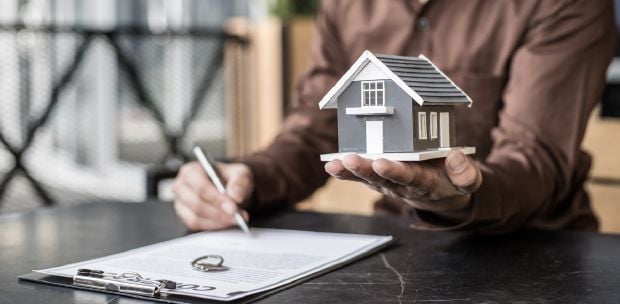KUALA LUMPUR:THE unscheduled water disruption in some parts of the city here following odour pollution at the Sungai Semenyih water treatment plant should be treated as a water security issue rather than a water pollution incident.
Water quality and modelling specialist Dr Zaki Zainudin said the issue was more serious than just about finding and penalising the culprit.
‘It is normal that the typical reaction to the issue is to urge for stricter penalties and for the authorities to nab the culprit.
‘It is actually a much bigger problem because the Klang Valley is the country’s political and business epicentre,and the situation is worrying.
‘By right, the Klang Valley should be getting uninterrupted water supply whether there is pollution or not.Unfortunately, that is not the case right now,’ he told the New Straits Times.
He said the incident was not the first time - unscheduled water cuts due to pollution had become common in Selangor and here.
‘I’m not trying to scare anybody, but it is time for us to re-look the way we view our water resources and protect them from harm.
‘That is why we need to focus on efforts to strengthen our water security.’
He said among measures that could be adopted to improve water security was by upgrading treatment plants and having off-side river storage.
‘All these will incur costs, but a long-term solution is needed to ensure the country’s water supply is sustainable in the long run.’
Zaki said the idea of tapping water from Putrajaya Lake as a contingency plan for Sungai Semenyih should be revived.
‘Maybe it is the right time for the Pakatan Harapan government to revive the idea of tapping water from Putrajaya Lake, at least during an emergency.’
He said effluents from sewage and wastewater from treatment plants should be released into a holding tank before being channelled into the river.
‘The holding tank must come with real-time data transmission to enable the authorities to detect failures or anomalies.’
Zaki said the country’s target of ensuring a sustainable water supply should begin now.
‘If we had started with our water security plan five years ago, we would have made huge progress by now.
‘It could take several years to meet the target, depending on what measures we are taking.’
On Saturday, the Sungai Semenyih water treatment plant had to be shut down due to odour pollution. Irresponsible parties dumped illegal waste inlet.
The shutdown affected 366 areas with 328,957 consumer accounts in Petaling, Hulu Langat, Kuala Langat and Sepang.
Efforts to restore water supply to more than 300,000 accounts were 56.9 per cent completed up to noon yesterday.
Pengurusan Air Selangor Sdn Bhd Corporate Communications Department head Abdul Halem Mat Som said in Petaling, the restoration work was at 54.2 per cent, Sepang and Putrajaya (60.1 per cent) and Hulu Langat (87.7 per cent) after the Sungai Semenyih water treatment plant resumed operations at 1pm on Monday.
‘Water supply will be restored in stages depending on the location of the areas affected.’
He said Air Selangor had mobilised 72 water tankers and 21 jumbo tank lorries.
It activated 11 local service centres that would operate 24 hours to ensure residents had adequate water supply during the disruption.
‘A total of 46 static tanks and 17 public taps are providing water supply to those affected.
‘A total of 14,616 five-litre water bottles have been distributed to (people in) residential areas,’ he said, adding that the Bukit Tampoi Water Treatment Plant had resumed operations at 9am yesterday.






